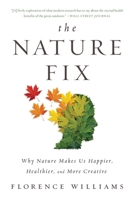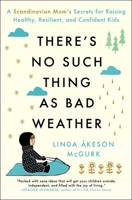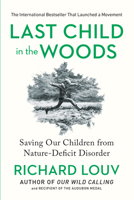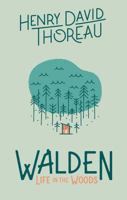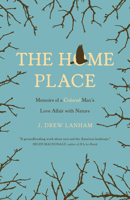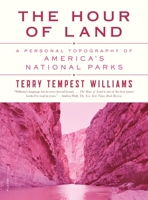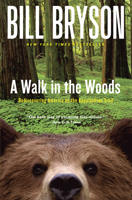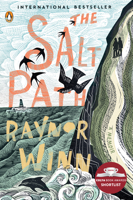Friluftsliv = Open Air Life
Getting Outdoors in Any Kind of Weather
By Ashly Moore Sheldon • December 04, 2020
Outdoor Life is Good For Everyone
This winter has a lot of people talking about the Nordic tradition known as friluftsliv (pronounced free-loofts-liv). Loosely translated as open air life, it is based on the concept that spending time in nature makes us healthier and happier, even—or maybe especially—during the dark cold months of winter. The term was coined by author Henrik Ibsen in 1859, but the tenets of an outdoor life have been an essential part of Norwegian culture (and beyond) since long before that. In The Nature Fix, Florence Williams lays out the evidence, both historical and scientific, behind nature's positive effects on the brain.
In Nordic culture, access to outdoor life is not limited to expensive or prohibitive activities like downhill skiing or rock climbing. In many Scandinavian countries there is some version of a Norwegian law called the allemannsretten, which means "every man's right." The idea is that people have the right to peacefully traverse any stretch of land—even private property. In Wanderlust: A History of Walking, Rebecca Solnit explores the possibilities of walking freely about the world, profiling some of the most significant walkers in history and fiction, from Wordsworth to Gary Snyder, from Jane Austen's Elizabeth Bennet to Andre Breton's Nadja.
Especially for Kids
In Norway, friluftsliv begins early in life. Physicians recommend that babies nap outdoors, regardless of the weather. Norwegian kindergartners spend large portions of their day outdoors all-year-round. As a new mom in small-town Indiana, Swedish-born Linda Åkeson McGurk was dismayed at deserted playgrounds and preschoolers being drilled on academics instead of climbing trees. Her book There's No Such Thing As Bad Weather illustrates how Scandinavian concepts such as friluftsliv, as well as hygge (the simple pleasures of home) helps to raise healthy, resilient, and confident children.
The idea that time in nature is important for young children is definitely catching on. Outdoor learning programs, like forest schools, have been growing in popularity and are now being touted by some as a good solution to the problem of remote learning. In Last Child in the Woods, Richard Louv presents research showing that nature can offer powerful therapy for children struggling with depression, obesity, and attention deficit disorder. He presents evidence showing that an environment-based education dramatically improves test scores, creativity, problem solving skills, and decision making.
The Power of Nature Immersions
In the tradition of Thoreau's Walden, many authors have written about their experiences living or adventuring in the wild. These stories delve deep into the life-changing aspect of these experiences. Here are a few that we have enjoyed.
- As a Black man coming of age in the rural South and falling in love with the natural world, J. Drew Lantham found himself "the rare bird, the oddity." The Home Place traces his path. By times funny, angry, and heartbreaking, it is a deeply moving meditation on nature and identity.
- Environmental activist Terry Tempest Williams has written more than a dozen gorgeous books of memoir, poetry, and essay inspired by her experiences in the wild. The Hour of Land is an elegant literary celebration of our national parks as breathing spaces in a chaotic world.
- In A Walk in the Woods, the ever-entertaining Bill Bryson sets out with a friend to hike the Appalachian Trail from Georgia to Maine. Marked by misadventure and witty anecdotes, Bryson's account will leave you both amused and inspired.
- Just days after Raynor Winn and her husband, Moth, learn of his grave illness, they lose their house and farm. With nothing left, they impulsively decide to walk the 630 miles of England's sea-swept South West Coast Path. The Salt Path is the unputdownable tale of their transformative journey.
Perfect for Social Distancing
As we approach a holiday season in which experts are anticipating a surge of Covid-19 cases and urging social distancing, the idea of friluftsliv is seeming especially appealing (and important). Rather than cozy get-togethers indoors, we are considering outdoor alternatives like long walks in the frosty air, fire pits in the backyard, and cross-country skiing. We're focused on staying safe so that we can come out on the other side and be together again. Be well.











